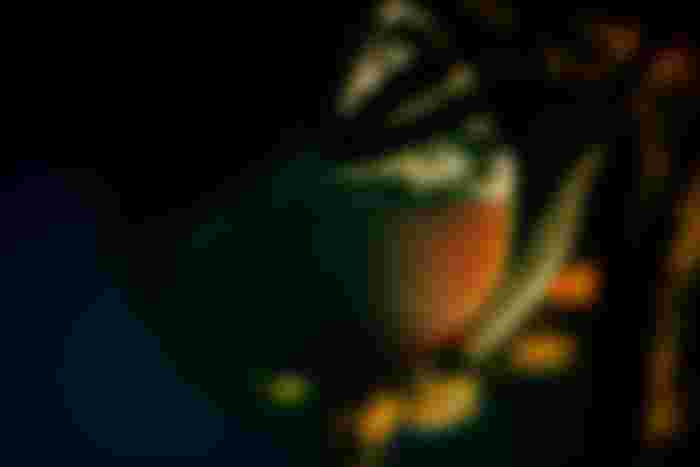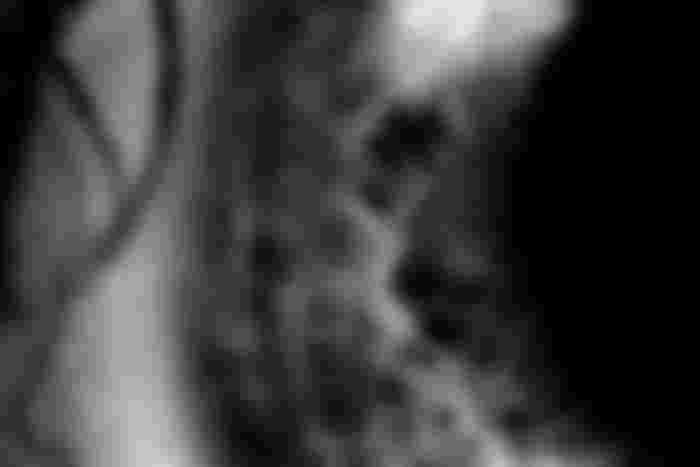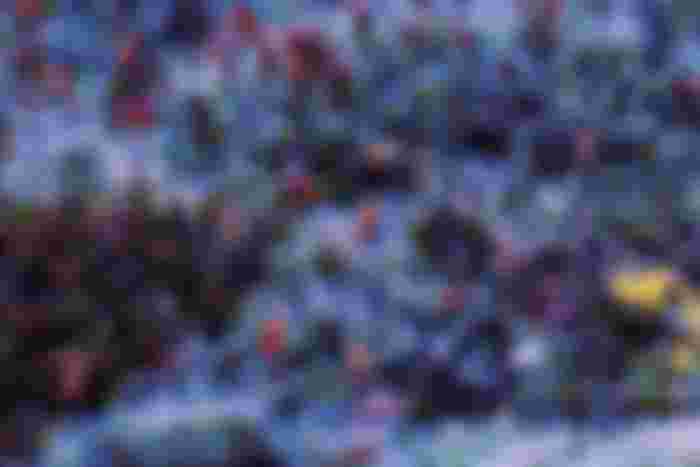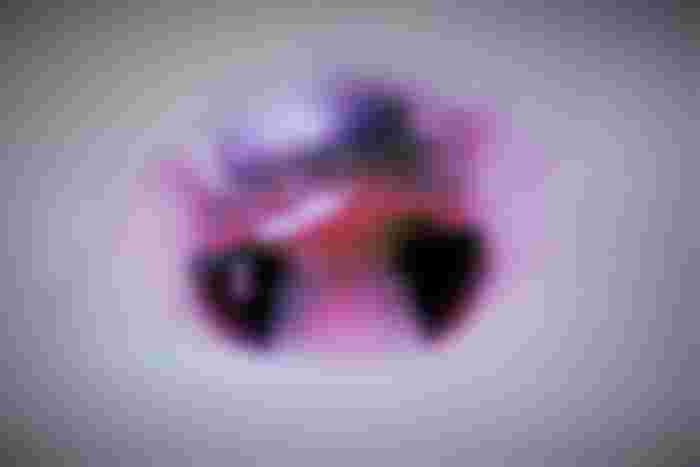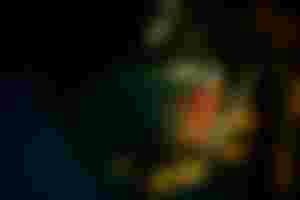
90% of Macro photography is all about perseverance. Assume the position in the dirt and what for your subjects to arrive. It's a complete stakeout within a square metre.
The image above of compound Eye detail on a common flu demonstrates, what is possible in nature. The other 10% includes the wonderful world of extreme macro imaging, usually achieved using a digital microscope.
This particular image was composed of about 20 individual raw photographs taking through a children's microscope. The 20 I ages were then stacked together in a way to reveal the sharpest parts of the image.
When you shoot at extremely close focal lengths you lose your focus depth of field, so that means you only get a tiny slither of sharp pixels, combined you can create a single image.

This is a portrait of my left eye. Shot on 35mm so it's super grainy. The image was part of an experiment where I took images of my eye using various different formats.
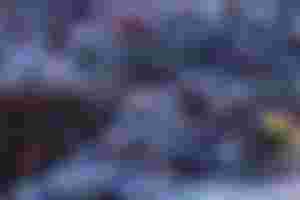
One of the easiest subjects in the macroverse is moss and mould. It always looks like a fresh little forest, a mini ecosystem or an alien landscape and if you are lucky you might spot some tiny life, in the form of red spider mites.
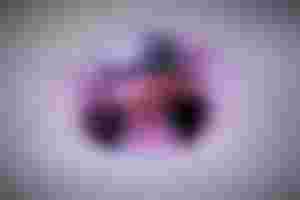
This image, when properly described is actually an impressive feat. It is a live and swimming Waterboatman, which measure at about a 1/4 of a millimeter. The specimen was caught between a glass slide and the microscope, so I was able to get this portrait of a tiny price of life staring into the lens.
I hope you enjoyed this post and some of my images. It was mentioned in one of my previous posts that some people in this community might be interested in learning how I create my images with cheap equipment. Let me know in the comments if you think I should prepare a how to post.
Cheers,
Cotton!
